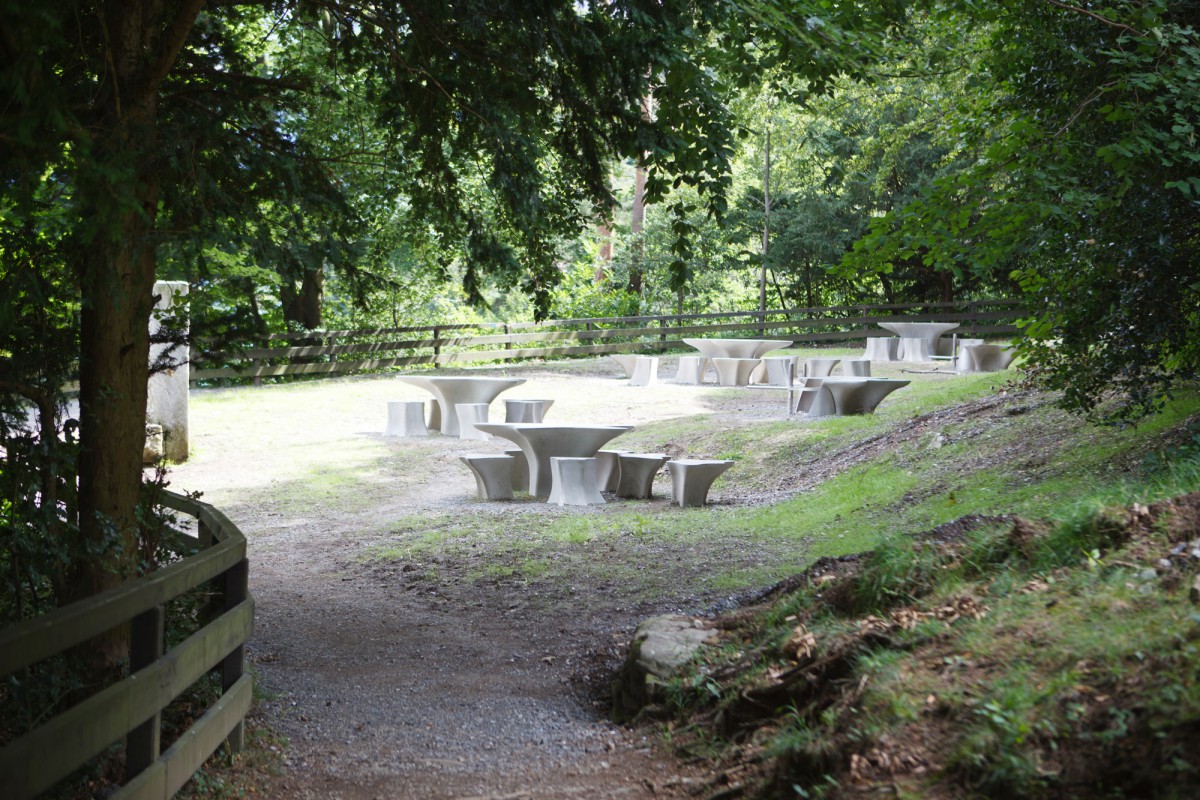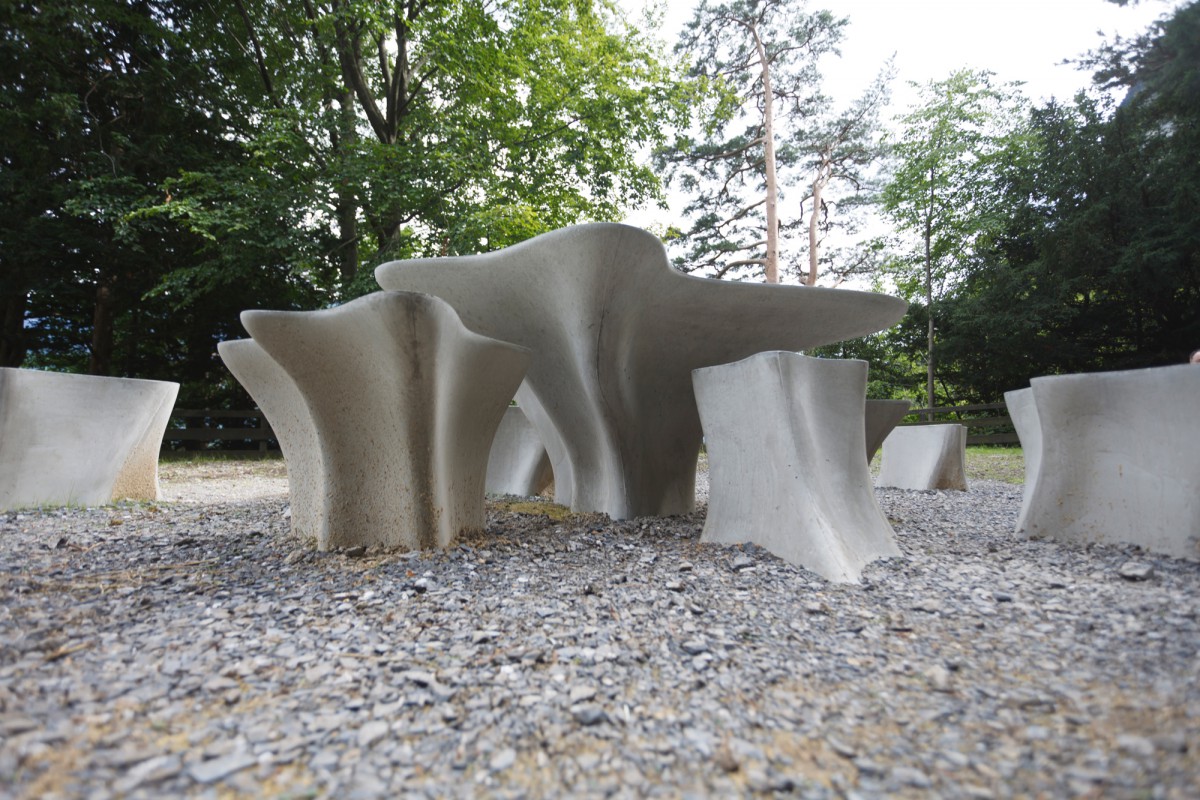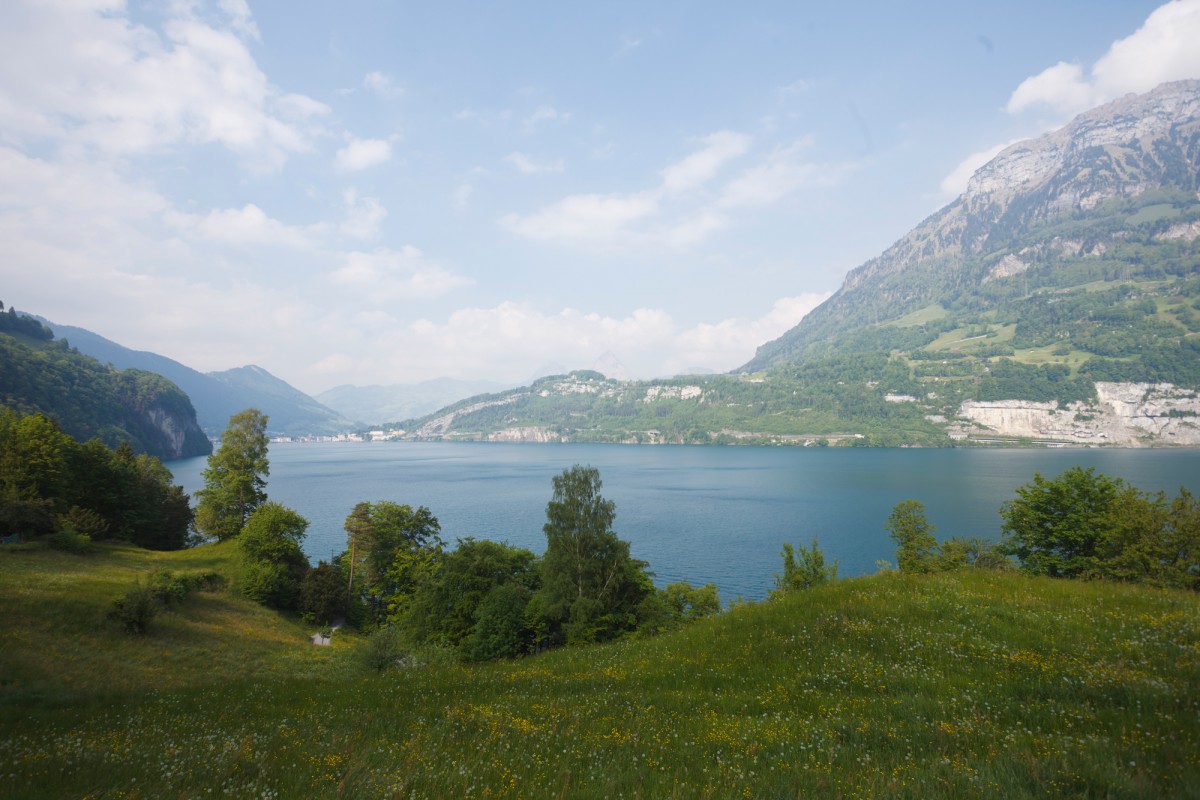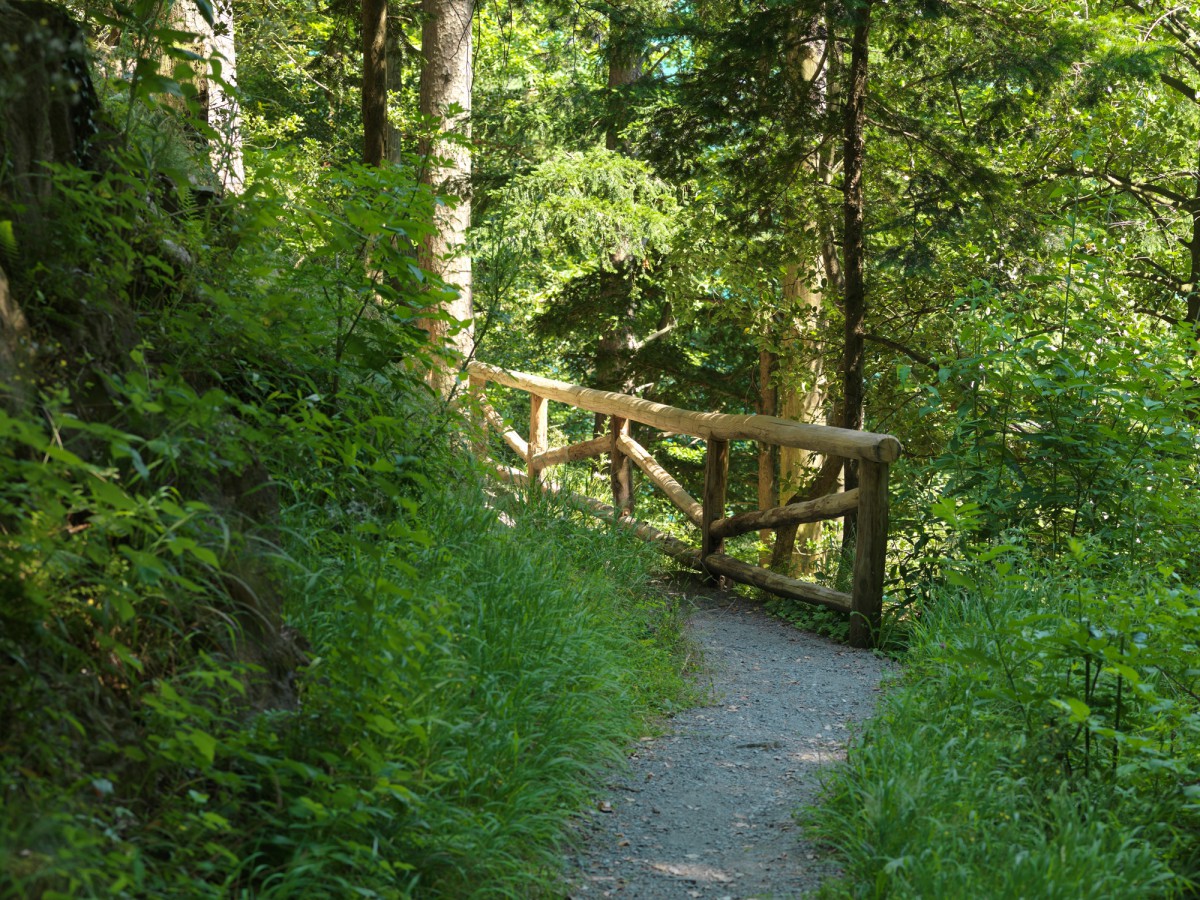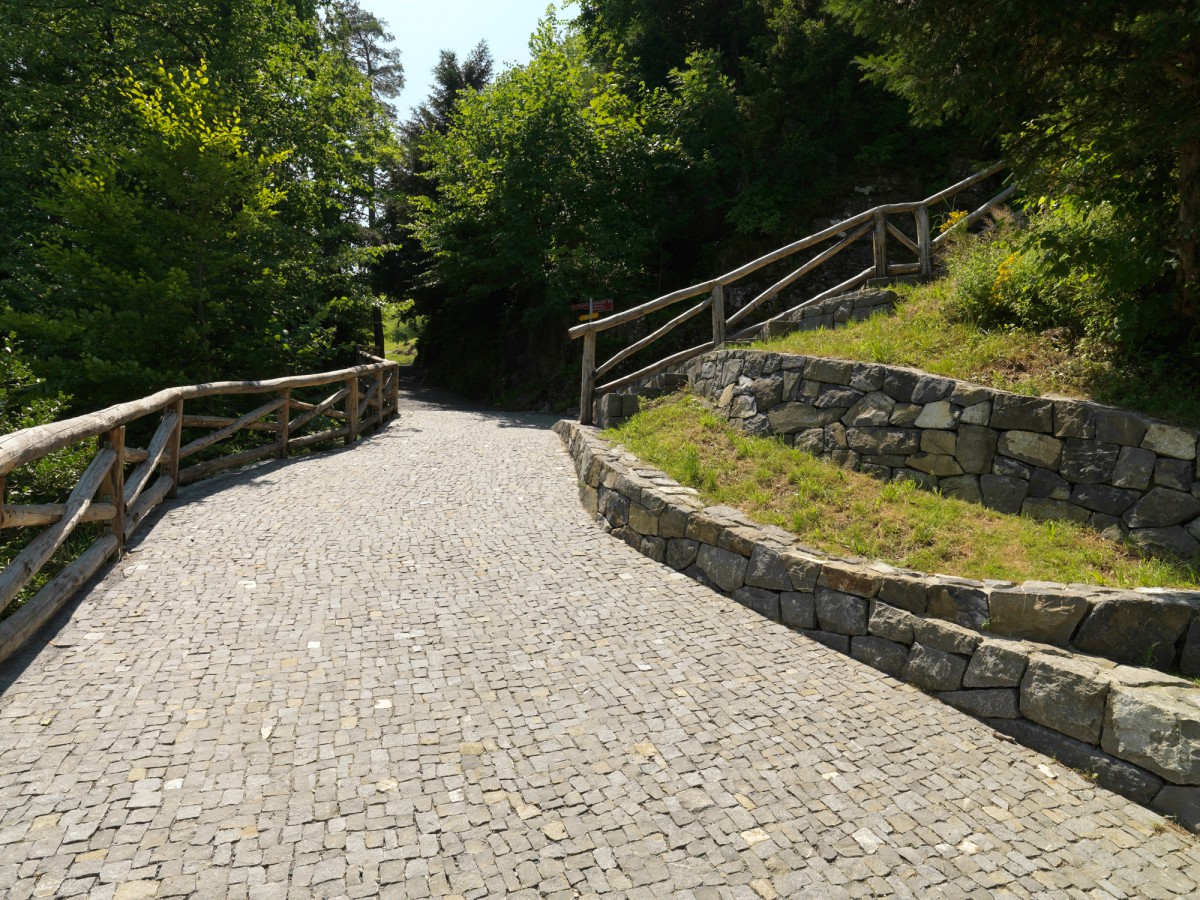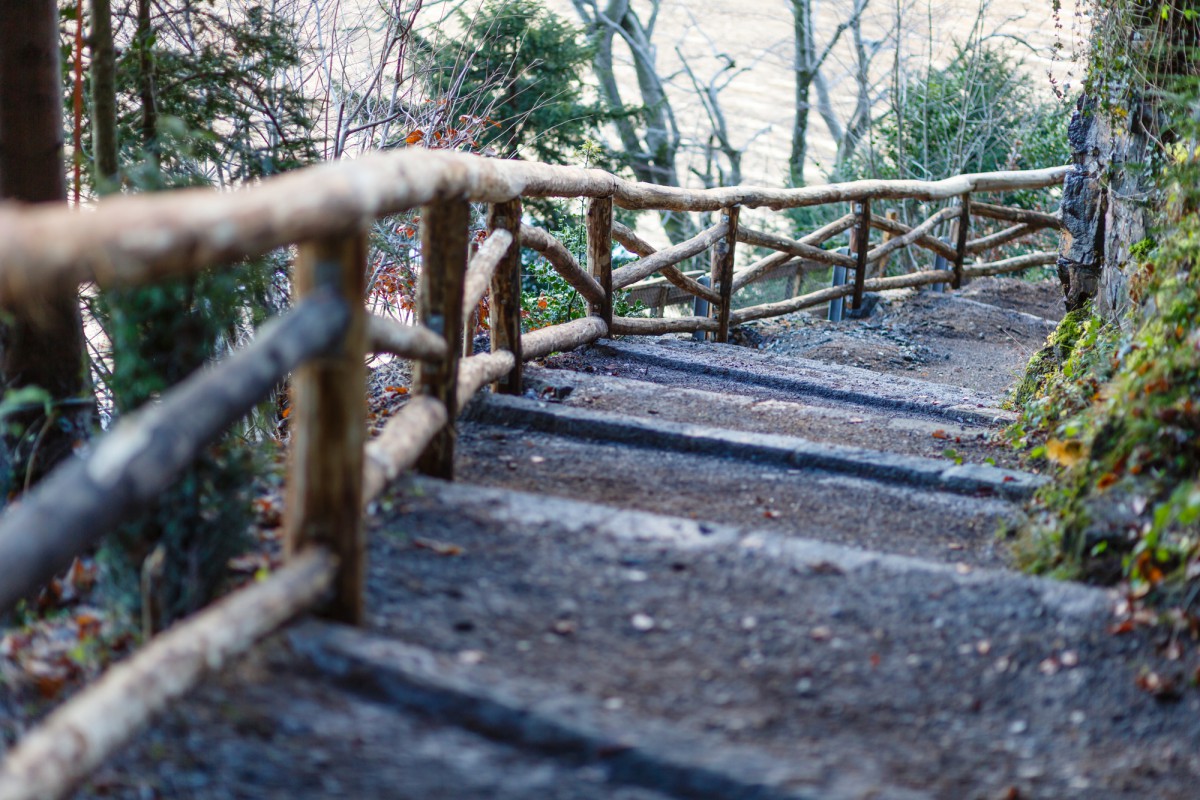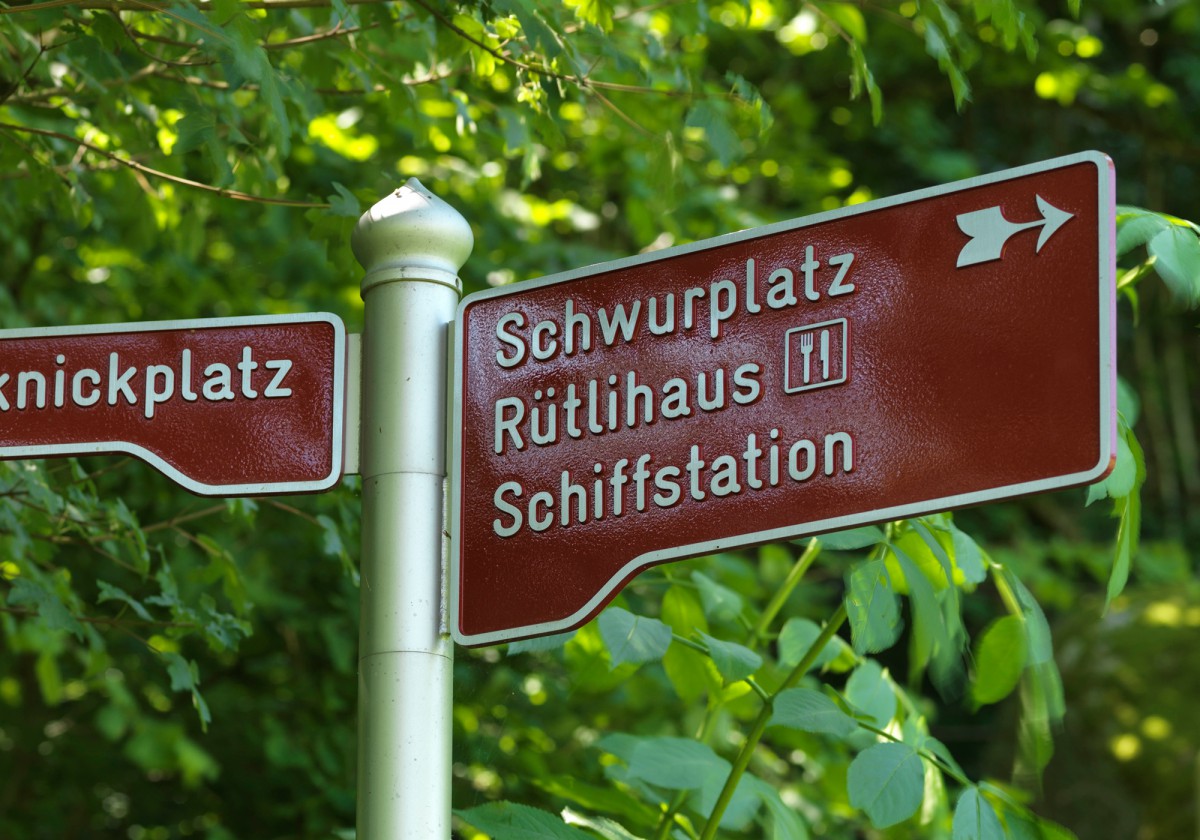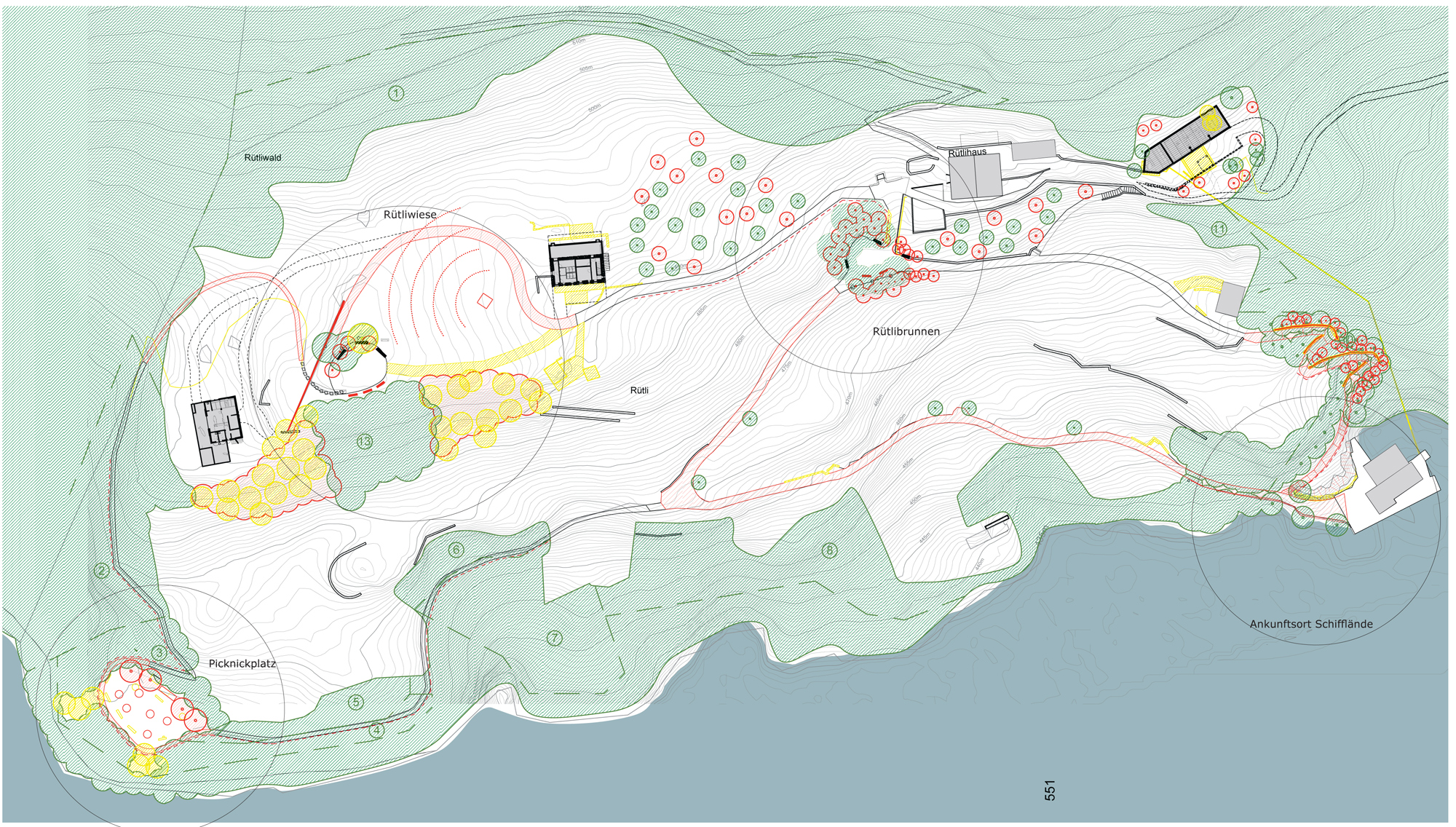The Rütliwiese is a meadow above Lake Lucerne where the legendary oath of loyalty founding the Swiss Confederation was taken. Renowned as the “cradle of Switzerland”, the Rütli is a Swiss national heritage site without a monument. The landscape as a whole constitutes the cultural heritage area. The place was designed as a landscape park in the 18th century – one that, according to the poet Friedrich Schiller, ideally sets off the “inhospitable shores” of Lake Lucerne. Carefully staggered perspectives are implemented through clearings and single trees and sightlines and follies create an Alpine idyll, representative of Switzerland.
The park, however, was in need of restoration. In this context, the landscape concept takes three aspects into account: agricultural and cultural heritage, an ecological shore landscape in the foothills of the Alps, and leisure. Qualities of the park were restored through revitalisation measures including the re-opening of overgrown sightlines. Open views call to mind landscape painters’ dramaturgy of exposure and concealment, as well as the mysterious atmosphere associated with the meeting of the oath swearers. The landscape and its agricultural uses are intentionally incorporated as part of the scenography of the overall appearance of the landscape. The dramaturgical sequence is reflected by the differentiation of uses: tourism-related congestion is cleverly distributed across the landscape. Instead of sweeping gestures, the design uses restrained elements. The choreography of the route remains the most important design element, with a new layer added solely in the picnic area.
Location: Mountain meadow Rütli, Seelisberg, Switzerland
Realisation: 2010–2012
Client: Federal Office for Buildings and Logistics
Landscape: Studio Vulkan (previously Schweingruber Zulauf Landschaftsarchitekten)
Architecture: Theres Aschwanden, Daniel Schürer, Zurich
Ecology: Agrofutura, Frick
Photography: André Herger
